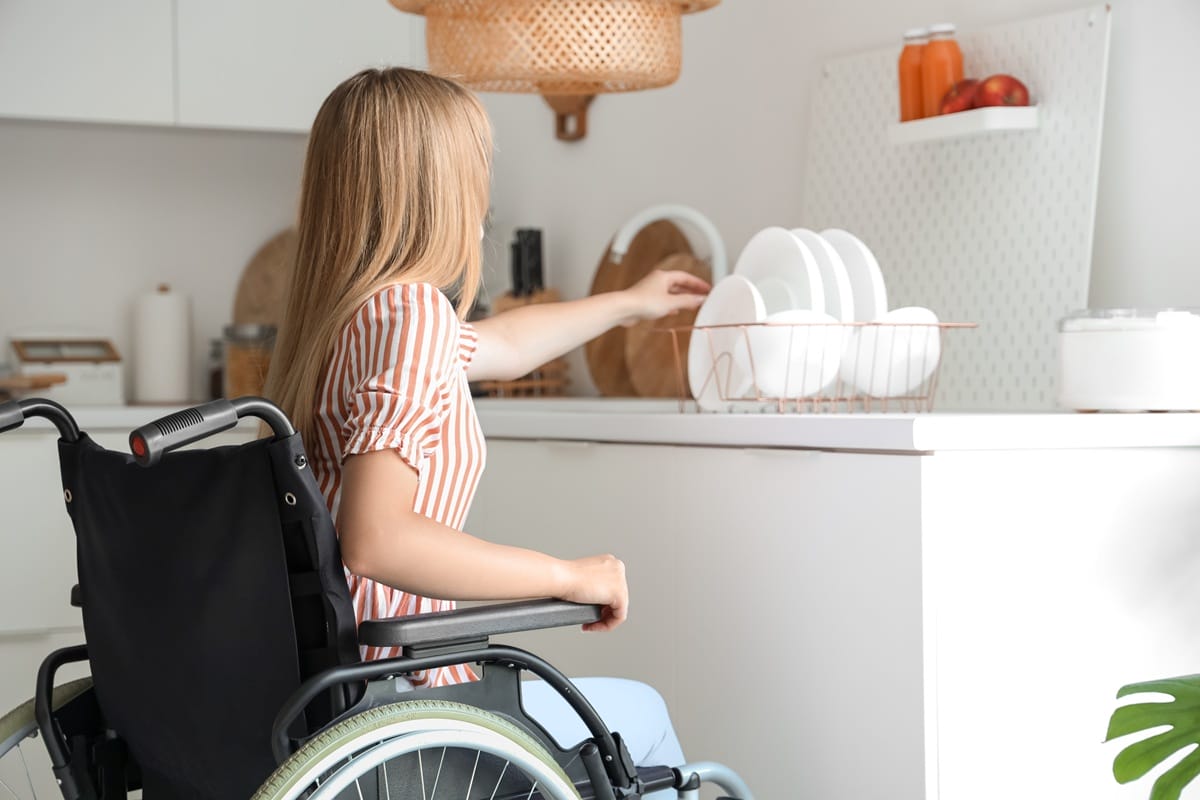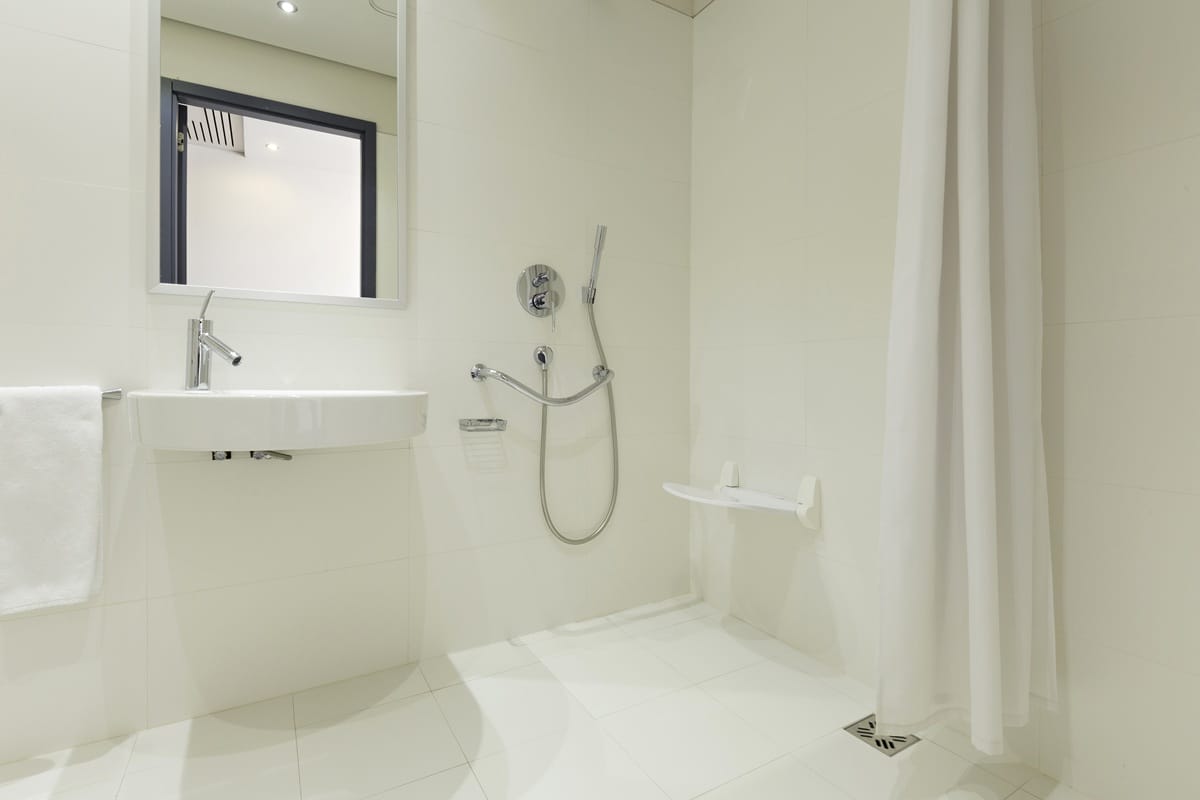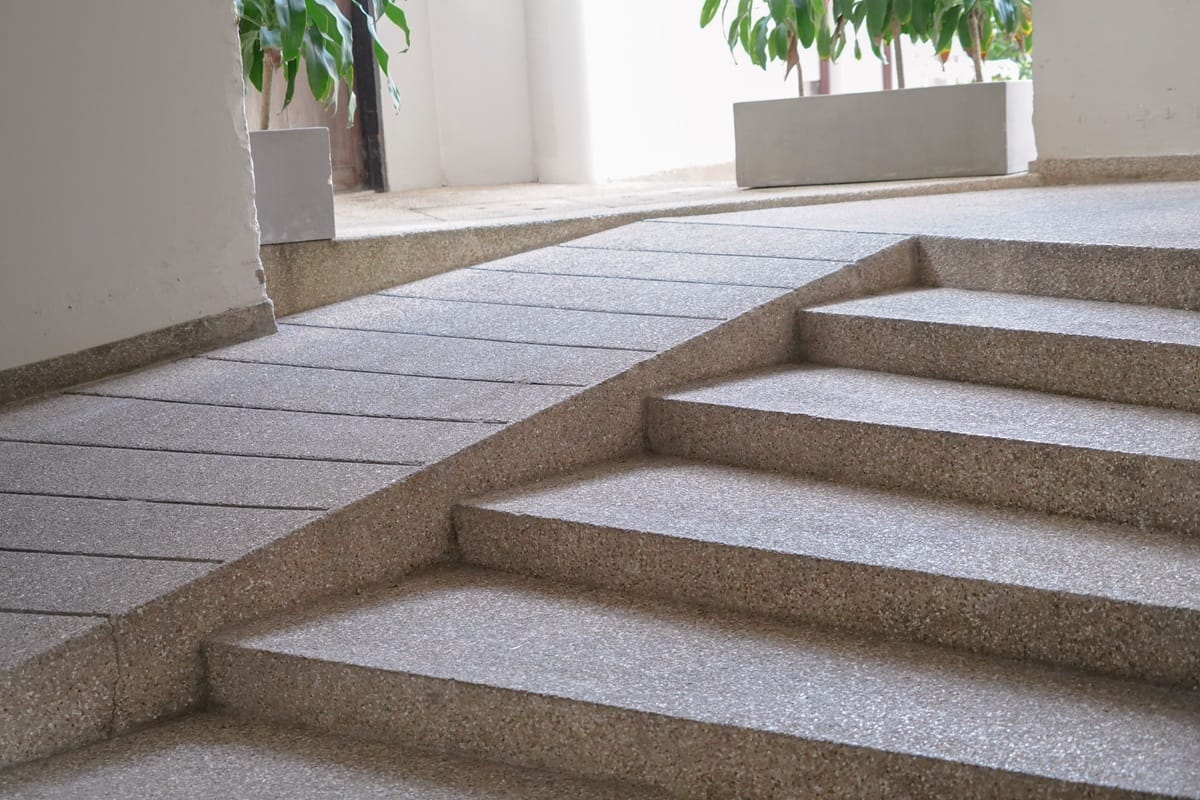Adapting Your Home for Mobility: A Guide to Home Modifications for People with Disabilities
For people with disability, creating a home environment that supports comfort, accessibility, and safety is essential.
Through the National Disability Insurance Scheme (NDIS), people with disability can access home modifications designed to make everyday living easier, enhance independence, and improve quality of life.
We will cover how home modifications for people with disability can make a difference, the types of living situations that are eligible for funding, and the ways that we can help you create a home that supports your unique mobility requirements.
Why home modifications matter for people with disability
Home modifications are changes made to the living environment to enhance accessibility, functionality, and safety. For individuals with mobility challenges, these modifications can enable greater freedom of movement, reduce the risk of injury, and allow for a more comfortable living space that supports their physical needs.
Beyond practicality, a home that has been adapted to an individual’s needs fosters a sense of independence and dignity.
Rather than relying on external support to complete everyday tasks, home modifications empower people to perform these activities more independently, fostering confidence and promoting active engagement in the community and meaningful activities.

NDIS funding for home modifications
For eligible individuals, the NDIS offers funding to cover essential home modifications, making this support accessible to those who require it for ease of daily living.
Under the NDIS, participants can apply for funding for modifications that are necessary for them to move freely and safely within their homes.
However, only certain types of modifications are eligible, and they must meet specific criteria to ensure they’re both reasonable and necessary.
Types of home modifications covered by the NDIS
The NDIS classifies home modifications based on the level of complexity, which can impact the type of funding available. These include:
- Minor home modifications: These involve minor adjustments that do not significantly alter the home’s structure, such as adding grab rails, ramps, or lever-style door handles.
- Complex home modifications: These require more extensive work, such as widening doorways, adjusting floor levels, or altering bathrooms and kitchens for improved accessibility.

What are the common home modifications for improved mobility
Adapting a home for accessibility involves making changes tailored to an individual’s specific needs.
Below are some of the most common modifications that can support people with mobility challenges:
1. Ramps and stairlifts
Steps and staircases can present significant challenges, particularly for those using wheelchairs or walking aids. Ramps provide a safer, more accessible alternative, while stairlifts are a valuable solution in multi-level homes.
The NDIS can cover ramps and stairlift installations if these are essential to moving freely within the home.

2. Widened doorways and hallways
For wheelchair users, narrow doorways and hallways can be challenging and uncomfortable to navigate. Widening these areas ensures that wheelchairs can pass through smoothly, reducing the risk of accidents and improving ease of movement throughout the home.
3. Accessible bathroom modifications
Bathrooms can be especially hazardous for people with limited mobility. Modifications such as grab rails, non-slip flooring, accessible showers, and lowered or adjustable-height sinks make bathrooms safer and more functional.
In some cases, walk-in tubs or wet-room conversions may also be recommended to increase accessibility.
4. Lowered kitchen surfaces
For those who enjoy cooking and other kitchen activities, modifications to kitchen counters and cabinets can make all the difference.
Lowered or adjustable-height countertops, pull-out pantries, drawer-style dishwashers, and accessible storage areas make kitchen spaces more usable, allowing people with disability to carry out daily tasks with ease.

5. Automatic lighting and door systems
Automatic lighting and door systems can be highly beneficial, especially for individuals with limited dexterity or strength.
Motion-sensor lighting provides hands-free illumination, while automated door openers can reduce the need for physical force, making it easier to move throughout the home.
6. Grab rails and handrails
Grab rails and handrails placed throughout the home offer additional support and stability, especially in high-risk areas like bathrooms, stairs, and hallways. These simple modifications can prevent falls and increase overall safety.
Living situations eligible for home modifications through the NDIS
The NDIS recognises that home modifications may be necessary in a variety of living arrangements. To qualify for funding, certain criteria must be met. Here are the types of living situations that are eligible:
- Owner-occupied homes: If an individual owns their home, they may apply for NDIS-funded home modifications, provided they meet the scheme’s requirements.
- Rental properties: Renters are also eligible for home modifications, but they’ll need approval from the landlord. The NDIS can sometimes work with landlords to negotiate terms, especially when changes are essential for safety and accessibility.
- Public and community housing: Those living in public or community housing can still qualify for modifications, though the process may involve coordinating with housing providers to ensure approval and feasibility.
- Supported Independent Living (SIL) and Specialist Disability Accommodation (SDA): Individuals in SIL and SDA living arrangements may also be eligible for specific modifications, depending on their needs and the requirements of the living arrangement.
To read more about home and living options supported by the NDIS and eligibility requirements, read our previous blog here.

What is the process of accessing home modifications through the NDIS?
Accessing home modification funding through the NDIS involves several steps:
- Assessment by an occupational therapist (OT): An OT will conduct a thorough assessment of the home to identify necessary modifications. They will evaluate mobility, daily activity needs, and safety considerations.
- Approval of modifications: Once the assessment is complete, the OT will provide a report to the NDIS. If the modifications are deemed necessary and reasonable, the NDIS will approve funding for the work.
- Engaging qualified providers: After approval, individuals can coordinate with providers specialising in home modifications to implement the necessary changes.
- Review and maintenance: Some modifications may require periodic review and maintenance, which may also be covered under the NDIS plan. This ensures the home remains safe and functional as needs evolve.
How St Jude’s can support your home modification needs
At St Jude’s, we understand the profound impact that a safe, accessible, and personalised home environment can have on daily living and independence.
Our experienced team is dedicated to providing tailored home modification solutions that address the unique needs of each person we support.
Our services include:
- Personalised assessment and consultation: Our expert team works closely with you and your occupational therapist to develop a plan that best meets your needs.
- NDIS coordination: Navigating the NDIS process can be complex, so we offer guidance and support to help streamline your application and approval.
- Home modification support: Our Allied Health team provides support in learning to use new modifications effectively, ensuring individuals can adapt comfortably and confidently to their updated environment.

Supporting you build independence
Adapting your home for mobility can offer individuals greater autonomy and comfort in their everyday living.
Through NDIS funding and compassionate support from organisations like St Jude’s, individuals with disabilities can create home environments that align with their needs, goals, and lifestyle.
If you or a loved one are considering home modifications, we encourage you to reach out to St Jude’s.
Our team is here to help you navigate every step of the process and create a home that truly supports your journey toward independence and improved quality of life.
Contact St Jude’s today to learn more about our home modification services and how we can help you make your home a more accessible, supportive space.